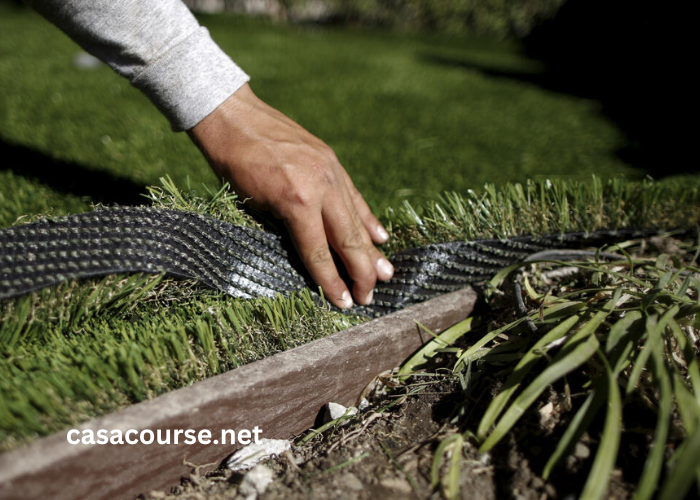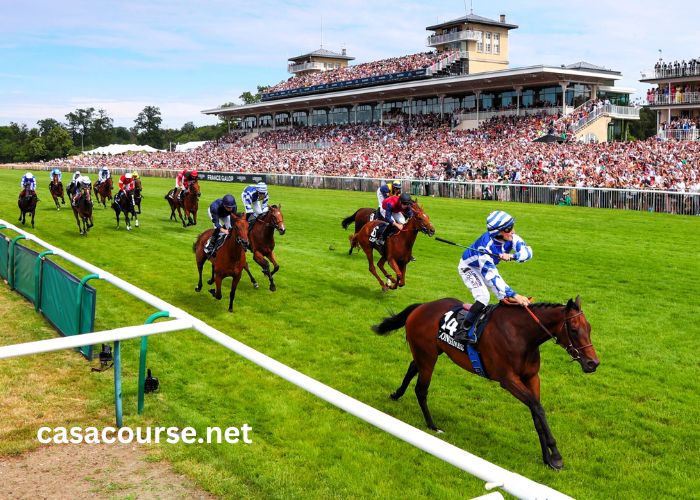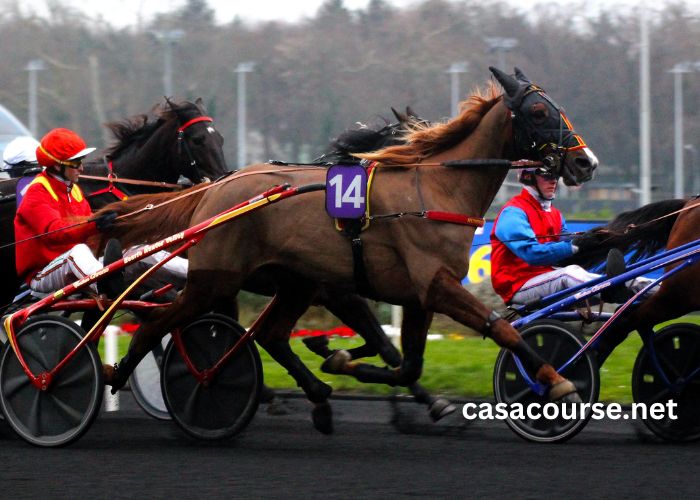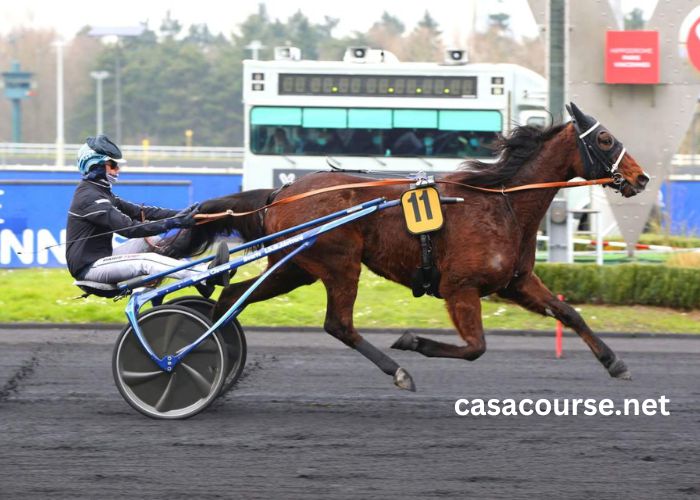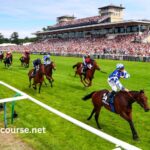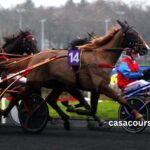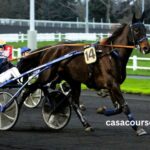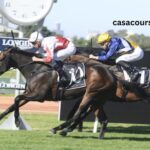In the realm of landscaping and outdoor design, synthetic turf has emerged as a revolutionary alternative to natural grass, offering low-maintenance, aesthetic appeal, and environmental benefits. Among the various types available, “Press Turf” stands out for its unique characteristics and applications. This comprehensive guide delves into the details of Press Turf, exploring its origins, advantages, installation process, maintenance tips, and environmental impact, providing you with all the information needed to make informed decisions about integrating Press Turf into your landscaping projects.
What is Press Turf?
Press Turf, also known as compressed artificial turf or compacted synthetic grass, is a specialized type of synthetic turf that undergoes a compression process during manufacturing. This process enhances its durability and resilience, making it suitable for high-traffic areas such as sports fields, playgrounds, and commercial landscapes. Unlike traditional synthetic turf, Press Turf is engineered to withstand heavy use without compromising on aesthetics or performance.
History and Evolution
The concept of synthetic turf dates back to the mid-20th century when it was first developed as a solution to the challenges posed by natural grass in sports arenas. Over the decades, advancements in materials and manufacturing techniques have led to the evolution of various types of synthetic turf, including Press Turf. Today, Press Turf represents a sophisticated blend of innovation and sustainability, catering to diverse applications in both residential and commercial settings.
Advantages of Press Turf
Press Turf offers a myriad of advantages over natural grass and other types of synthetic turf:
- Durability: Its compressed structure enhances durability and resilience, making it ideal for heavy use areas.
- Low Maintenance: Requires minimal upkeep compared to natural grass, saving time and resources.
- Consistent Appearance: Maintains a lush green appearance year-round without the need for watering or mowing.
- Environmental Benefits: Reduces water consumption and eliminates the need for harmful pesticides and fertilizers.
- Versatility: Suitable for various applications, including landscaping, sports fields, rooftops, and indoor spaces.
Applications of Press Turf
Press Turf is highly versatile and finds applications in a wide range of settings:
- Residential Landscaping: Enhances curb appeal and creates low-maintenance green spaces.
- Commercial and Public Spaces: Ideal for parks, schools, playgrounds, and corporate campuses.
- Sports Fields: Used in soccer, football, golf, and tennis courts for consistent playing surfaces.
- Roof Gardens: Provides a green solution for urban environments and rooftop gardens.
- Indoor Landscaping: Adds greenery to indoor spaces such as malls, airports, and offices.
Installation Process
Installing Press Turf requires careful planning and execution to ensure optimal performance and longevity:
- Site Preparation: Clearing existing vegetation and debris to create a smooth base.
- Base Construction: Installing a compacted aggregate base to promote drainage and stability.
- Turf Installation: Securing the Press Turf rolls and ensuring proper alignment and seaming.
- Infill Application: Spreading infill material to support the turf fibers and provide cushioning.
- Final Inspection: Conducting a thorough inspection to ensure quality and functionality.
Maintenance Tips
While Press Turf is low-maintenance compared to natural grass, periodic upkeep is essential to maximize its lifespan and performance:
- Regular Cleaning: Removing debris, leaves, and pet waste to prevent buildup and maintain cleanliness.
- Brushing and Grooming: Brushing the turf fibers periodically to restore their upright position and enhance aesthetics.
- Infill Replenishment: Adding infill material as needed to maintain turf resilience and stability.
- Stain Removal: Treating stains promptly with mild detergent and water to prevent discoloration.
- Professional Inspection: Periodic inspection by professionals to identify and address any issues early.
Environmental Impact
Press Turf offers several environmental benefits compared to natural grass:
- Water Conservation: Reduces water consumption by eliminating the need for irrigation.
- Chemical-Free: Eliminates the use of pesticides, herbicides, and fertilizers that can harm ecosystems.
- Reduced Carbon Footprint: Requires less maintenance equipment and reduces greenhouse gas emissions.
- Longevity: Extended lifespan minimizes waste and the need for frequent replacement.
- Stormwater Management: Promotes efficient drainage and reduces runoff pollutants.
Cost Considerations
The cost of Press Turf installation varies depending on factors such as area size, site preparation requirements, and turf quality. While the initial investment may be higher than natural grass, the long-term savings on maintenance and water bills often justify the expense. Moreover, many homeowners and businesses qualify for incentives and rebates promoting sustainable landscaping practices.
Conclusion
Press Turf represents a sustainable and innovative solution for modern landscaping challenges, offering durability, aesthetic appeal, and environmental benefits. Whether used in residential gardens, sports fields, or commercial spaces, Press Turf provides a versatile alternative to natural grass that requires minimal maintenance and maximizes usability. By understanding its unique characteristics, installation process, and maintenance requirements, you can make informed decisions about incorporating Press Turf into your next landscaping project, enhancing both functionality and visual appeal for years to come.
